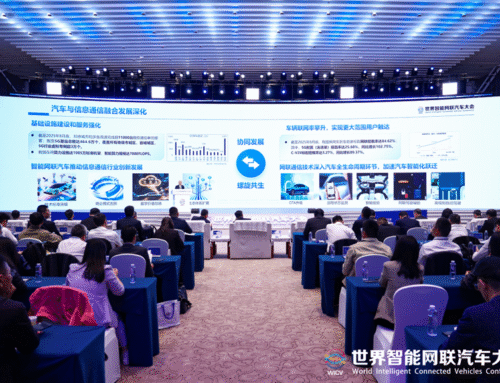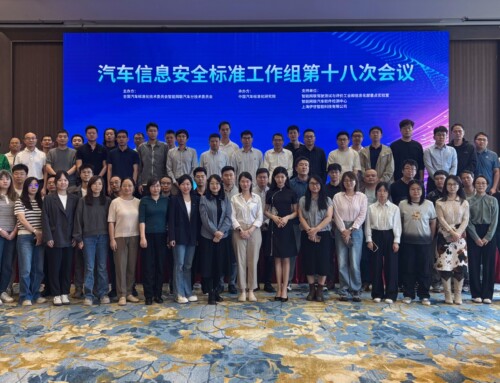On February 19, 2024, the Standardization Administration of China (SAC) released the Key Points for National Standardization Work in 2024 (hereinafter referred to as the Key Points). This document holds great significance as China aims to further implement the National Standardization Development Outline (hereinafter referred to as the Outline) and achieve its development goals by 2025. The Key Points consist of six major areas of action, outlining a total of 90 specific tasks. Notably, two of the six areas of action focus on opening up and international cooperation. Below is a summary of each area of action, as illustrated in the Key Points:
- Expanding domestic demands and promoting a new round of standards upgrading: This area of action involves 10 specific tasks spanning various industries, with a focus on safety, industrial upgrading, digital transformation, green and sustainable development, and standards for products catering to the elderly, as well as those encouraging consumption..
- Fostering new advantages in international competition and cooperation in the field of standardization:A total of 10 tasks are listed in this area of action, including:
- Engagement in the management of ISO, IEC, and ITU, and contribution to their strategic implementation framework, assessment framework, and roadmap;
- Revision of China’s Measures of Participation in ISO and IEC International Standardization Activities;
- Extensive participation of stakeholders in the activities of international professional standards organizations;
- Establishment of new international technical institutes for cultural heritage protection and digital marketing;
- Development of international standards proposals in key industries, including climate change, financial services, digital economy, new energy, aerospace, shipbuilding, and traditional Chinese medicine;
- Nurturing and registration of new batch of experts in international standard organizations, focusing on key and emerging technology areas such as carbon peak and carbon neutrality, artificial intelligence, quantum technology, etc.;
- Initiation of international exchange and cooperation projects for standardization capacity-building, targeting countries and regions in Central Asia, South Asia, Africa, or members of Association of Southeast Asian Nations (ASEAN);
- Communication and exchange over standards, including improving the Standard Information Platform Contributed By the Belt and Road Countries, and promoting the acceptance of and cooperation over Chinese and foreign standards in the field of electric vehicles, agriculture, power industries, etc.;
- Organization of high-level events, such as the Hongqiao International Economic Forum: Parallel Session on International Cooperation on Standards.
- Promoting standards in support of supply chain resilience:This area of action covers 14 tasks aimed at constructing the modern industrial system and increasing the resilience of supply chains in China. More specifically, these tasks involve not only standards development but also the establishment of corresponding standards systems. Various industries are targeted in this area for supply chain resilience, such as information and communication technologies, rare earth industry, additive manufacturing, etc.
- Improving the standards system, and enhancing the implementation and application of standards to support the construction of a unified national market:Different types of standards are referenced, including national standards, sector standards, and local standards. To maximize the role of the standards in supporting the formation of a unified national market, the tasks in this area of action mainly involve:
- Managing and developing standards of different industries, in a way that provides unified foundation and effective guidance for compliance;
- Developing standards to support information sharing.
- Building an open economic system with a higher level of opening-up, and steadily expand the institutional opening-up of standards: The focus of this area of action is on aligning standardization efforts with international standards and cooperating with foreign countries on standards development. This cooperation extends beyond the geographical and organizational scope of the second area of action, and includes actors such as the EU, northeastern Asian countries, Germany, France, the UK, the US, Russia, as well as countries in the Arab region, Asia, and Africa. During this process, existing cooperation frameworks will be fully leveraged, such as the Asia-Pacific Economic Cooperation, the Shanghai Cooperation Organization, and BRICS.
- Enhancing the development and influence of standardization:The objective of this area of action is to promote the high-quality development of standardization, strengthen its foundation, and expand its influence. It encompasses a wide range of fields, including standards management, digitalization, SDOs (Standard Development Organizations) management, professional training, and standards promotion. A total of 28 tasks, accounting for 31% of the overall task allocation, are dedicated to this objective.
In summary, the Key Points address, in a comprehensive manner, various aspects of standardization. The message conveyed through these Key Points is clear: To fully leverage the role of standardization in supporting China’s economic development. Additionally, active participation in international standardization activities and collaboration with foreign actors on standards are also highly emphasized.




